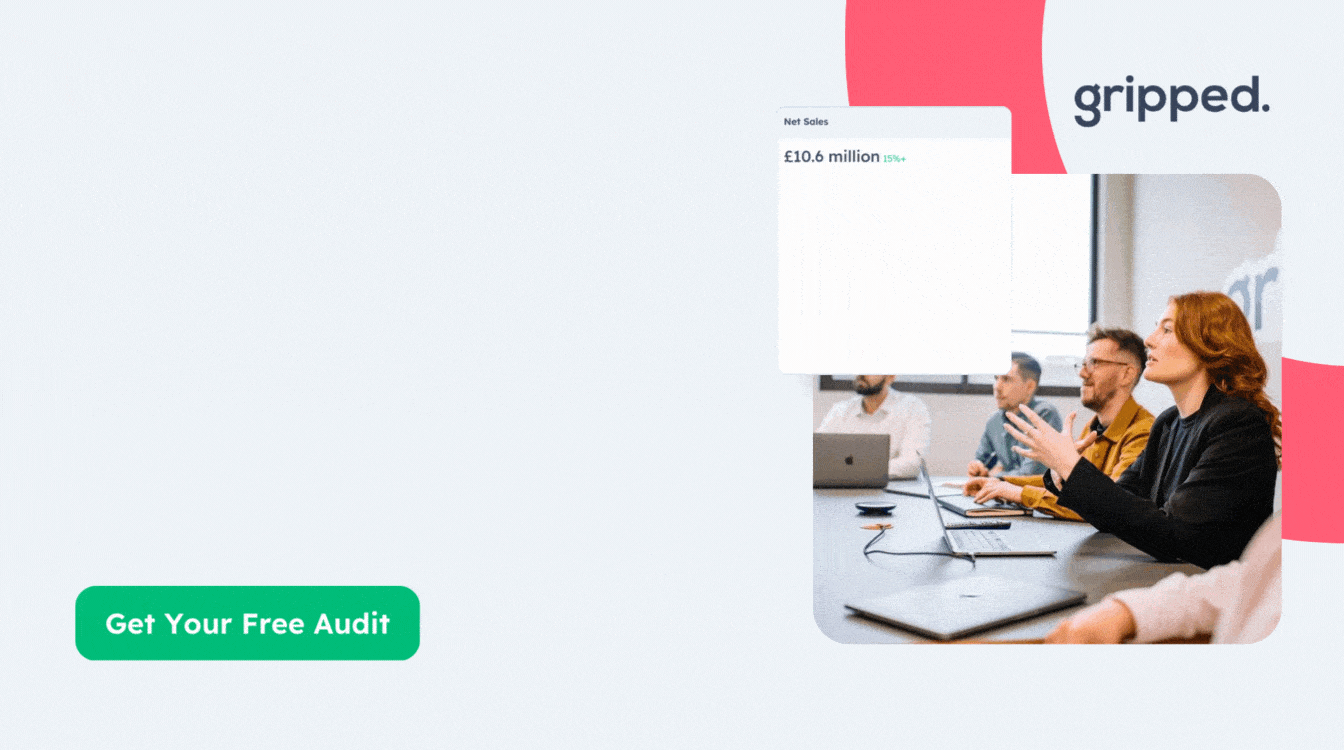Effective B2B content strategy requires balancing brand voice, audience needs, and discoverability across multiple channels. With the ascent of AI chatbots like ChatGPT, a new layer is emerging: optimizing content specifically for conversational queries and AI-based summarization. B2B brands that embrace this shift can reach buyers more directly, offering them the real-time, personalized answers they crave.
In this guide, we’ll explore how to craft a content strategy tailored to ChatGPT’s strengths. You’ll learn how to plan, organize, and create AI-friendly materials that resonate with B2B decision-makers at every stage of the funnel.
1. Align Content with the B2B Buyer Journey
Before you start generating new material, it’s crucial to map out how ChatGPT can aid prospects in the awareness, consideration, and decision stages. For a detailed exploration of how AI interacts with traditional buyer stages, refer to our article on ChatGPT B2B Buyer Journey.
Create a content matrix that includes:
- Awareness Resources: Blog posts, infographics, or top-of-funnel guides that address pain points and industry challenges.
- Consideration Assets: Case studies, product comparisons, and how-to guides that focus on solution evaluation.
- Decision Tools: Pricing sheets, ROI calculators, and testimonials that help prospects make their final choice.

2. Leverage Topic Clusters and Pillar Pages
One key to making your content ChatGPT-friendly is structuring it around pillar pages and topic clusters. Each pillar page acts as a central hub for a major theme (e.g., “Enterprise Marketing Automation”), with various cluster content pieces branching off into subtopics or frequently asked questions.
When ChatGPT references your site, it can more easily identify deep, relevant resources if your site architecture is coherent. Topic clusters also encourage you to create thorough, internally linked articles that chatbots find valuable.
3. Focus on Conversational Keywords and Formats
AI chatbots handle queries that sound more like everyday speech. While traditional SEO focused on short or medium-tail keywords, ChatGPT encourages question-based or natural language keywords.
- FAQ Sections: Organize common questions under subheadings like “How do I set up marketing automation for SMBs?”
- Q&A Interviews: Consider publishing interviews with industry experts. The Q&A format is AI-friendly.
- Customer Case Stories: Use headings like “How Company X Solved Challenge Y,” which resonates with real user queries.
To get a step-by-step rundown on how to optimize posts for AI chat, check out our Optimizing Content for ChatGPT guide.
4. Craft Evergreen, In-Depth Resources
B2B buyers appreciate detailed, well-researched pieces—especially those that remain relevant for months or years. While it’s fine to publish quick news updates, your AI-optimized content should include evergreen resources that dive deep into timeless topics (e.g., “The Ultimate Guide to Marketing Automation for Manufacturing Companies”).
Evergreen, long-form content is more likely to be referenced by AI chatbots because it offers comprehensive answers and remains applicable over a long period. Just remember to keep it updated with the latest data and insights.
5. Incorporate Internal Linking and Multimedia
While text remains the backbone of AI responses, multimedia elements (videos, infographics, podcasts) add depth to your content and can enrich ChatGPT’s understanding. Embed short video explainers or relevant audio clips.
Internal linking is equally crucial. By linking related articles within the same topic cluster, you help ChatGPT discover the breadth of your coverage. If a user queries one subtopic, the AI may then reference a connected page on your site, leading the visitor deeper into your funnel.
6. Coordinate Across Marketing Channels
A comprehensive ChatGPT-optimized strategy doesn’t operate in a silo. Your email marketing, social media, and paid advertising campaigns can all funnel into the same pillar pages. For example:
- Email Series: Create drip campaigns that direct subscribers to your key evergreen articles.
- Social Posts: Summarize the highlights of a new whitepaper and link to it. ChatGPT might reference that whitepaper later.
- Paid Ads: Target specific buyer personas with ads driving them to high-value content relevant to their stage in the journey.
For more advanced ways to use AI chat to nurture leads, don’t miss our article on ChatGPT for B2B Lead Generation.
7. Measure and Refine Your Approach
As with any content strategy, data is your best friend. Monitor user engagement (time on page, scroll depth), conversions (newsletter signups, demo requests), and lead quality. Additionally, keep an eye on how AI references your site; while tools for chatbot analytics are still maturing, you can sometimes gauge AI-driven traffic through user surveys or lead forms (e.g., “How did you hear about us?”).
Tie these data points to your ROI calculations to prove the business value of AI-friendly content. Our Measuring ChatGPT Marketing ROI guide can help you establish meaningful KPIs.
8. Staying Ahead in a Rapidly Evolving Market
AI-driven content discovery is no fad; it’s the new normal. As ChatGPT and similar tools continue to evolve, you’ll need to stay agile. Regularly update your editorial calendar to include fresh questions, format variations (like Q&A), and expansions to your topic clusters.
Also, maintain a consistent publishing schedule. While you don’t want to churn out low-quality posts just to “feed the AI,” consistent updates signal that your site is active and relevant.
Conclusion
Crafting a ChatGPT-optimized content strategy is an investment in your B2B brand’s future. By aligning your editorial efforts with conversational queries and AI-friendly structures, you stand a better chance of becoming a go-to resource for prospective buyers seeking fast, reliable answers. This means more qualified leads, stronger brand authority, and ultimately better ROI.
Whether you’re revamping existing content or starting fresh, the key is a cohesive approach that integrates topic clusters, evergreen resources, and cross-channel promotion. Want to ensure your broader SEO foundation is up to the task? Explore our B2B SEO Essentials for a holistic view of what it takes to thrive in an AI-dominated era.
